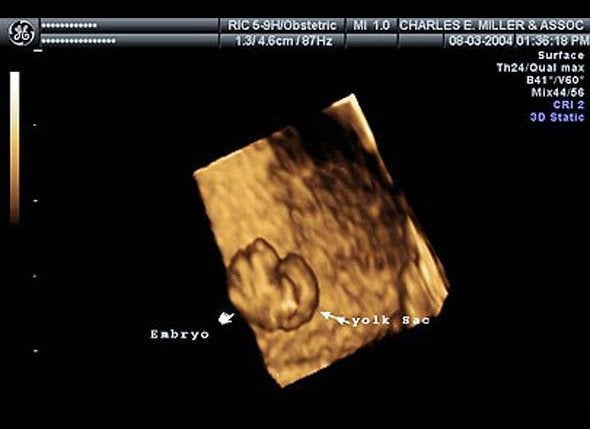The safety of home birth is hotly debated, and now another major medical group has waded into the fray. The American Academy of Pediatrics on Monday issued its first guidelines for the care of newborns in planned home births.
The policy says the academy agrees with the American Congress of Obstetricians and Gynecologists' view that hospitals and birthing centers are the safest settings to have a baby, but the group also believes in women's right to make their own informed decisions. The aim of the new statement is to help establish guidelines for newborn care, not to comment on home birth in general, Dr. Kristi Watterberg, a professor of pediatrics at the University of New Mexico and the lead author, said.
"There are standards for caring for babies who are born anywhere," Watterberg told HuffPost. "This is to reiterate that the same standards should be met for" all of them.
The policy calls for the presence of at least one person at the delivery whose primary responsibility is the mother, and one person whose primary focus is the newborn. Those attendants do not need to have specific credentials, Watterberg said, but they must have both the skills and the equipment needed to perform a full resuscitation if necessary.
In addition, the policy says there should be clear plans for the safe and timely transport to a local hospital that has a preexisting arrangement for transfers in case of emergency. Pediatricians should help mothers see a successful hospital transfer not as a failure on their part or their practitioners,' but as a sign the system worked.
Home birth "is an area that has high passion surrounding it on all sides," Watterberg said. "I don't think it does anyone any good to have such a fractured way of looking at things."
"If the intent of the [statement] was to encourage the development of an integrated system, that's terrific," Eugene Declercq, a professor of community-health sciences at the Boston University School of Public Health, told HuffPost. Declercq studies childbirth in the U.S. and abroad and served as a technical advisor on the film "The Business of Being Born." He did not work on the AAP statement, but had reviewed it.
"The parts that talk about integrated care would [appeal] to most everybody," Declercq said. "Certainly, on the home birth side, they're dying to have more integrated care. But [the statement] won't move folks who don't believe in home birth as a principle."
The policy does include provisions that could easily ruffle many home birth advocates. It specifies that planned home births should be attended only by midwives who have been certified by the American Midwifery Certification Board, effectively excluding many direct-entry midwives.
Home births have increased by nearly 30 percent in recent years, but they still make up a very small percentage of the births in the U.S. According to Centers for Disease Control and Prevention estimates, less than 1 percent of all births take place at home. But that doesn't stop it from being a contentious topic, often dominated by polemics and politics rather than discussion and cooperation.
"On the whole, I think this statement can be viewed as a plus, but it depends on how people interpret it," said Declercq. "The politics of home birth are one of those situations where, more often than not, people talk at each other."
